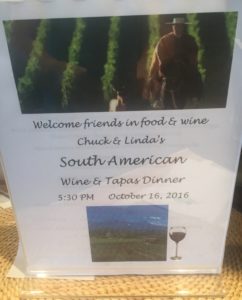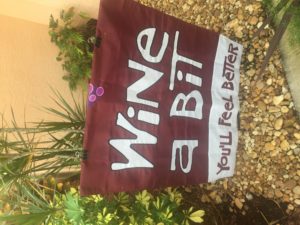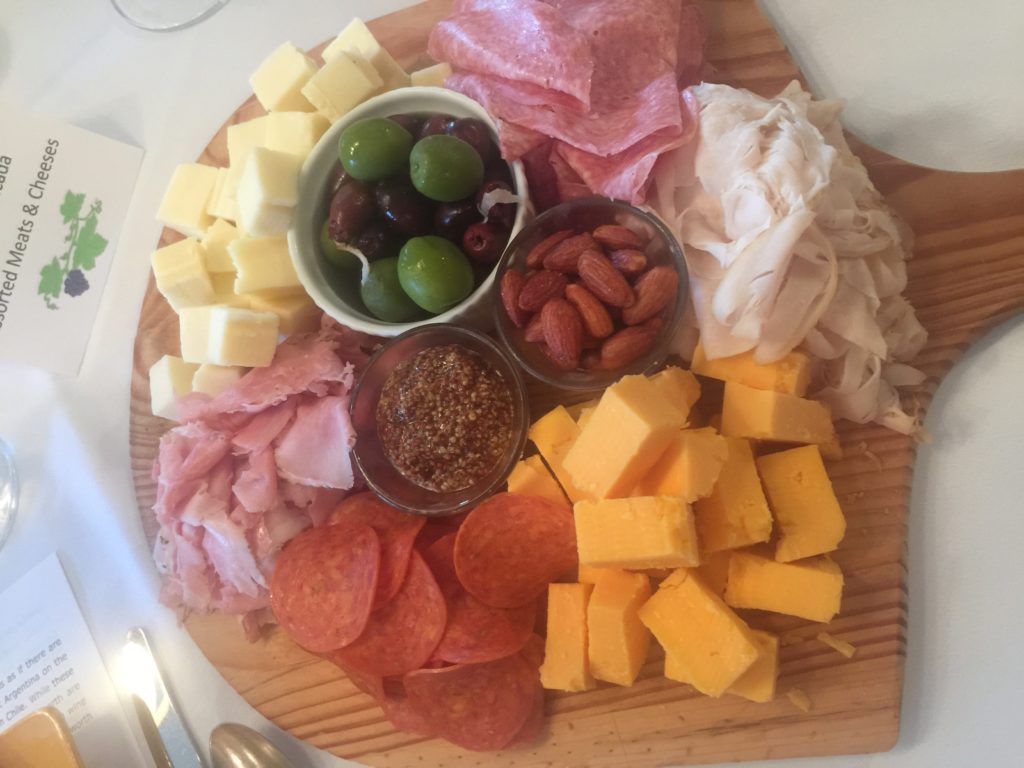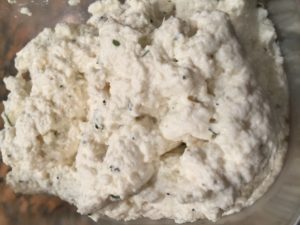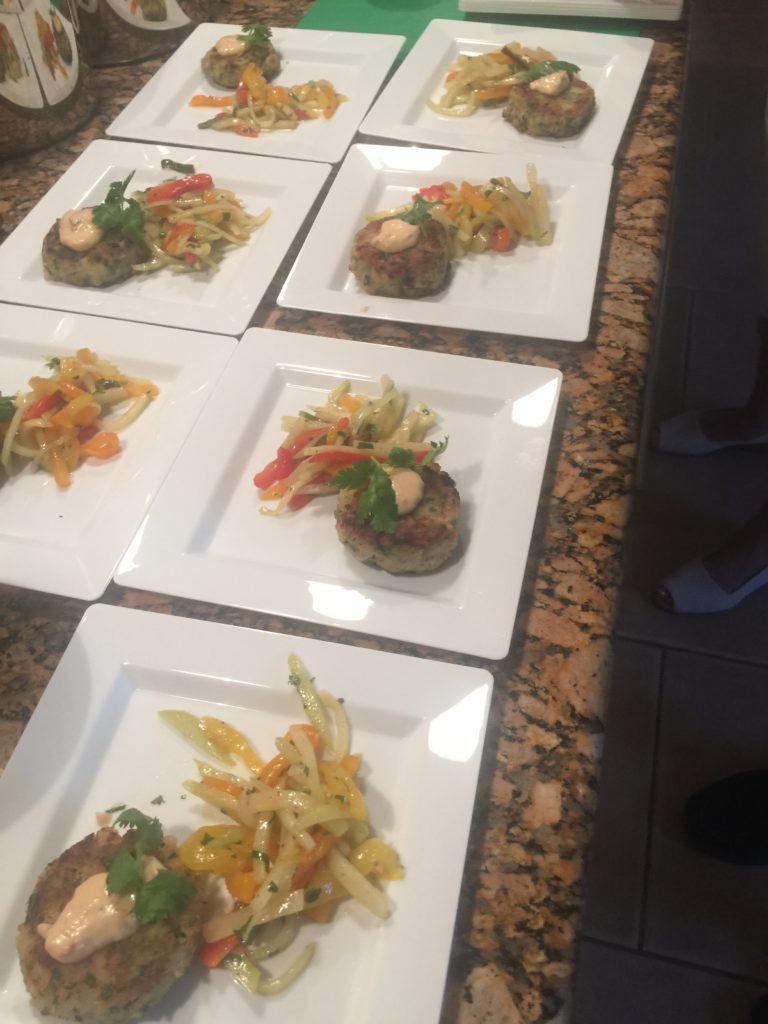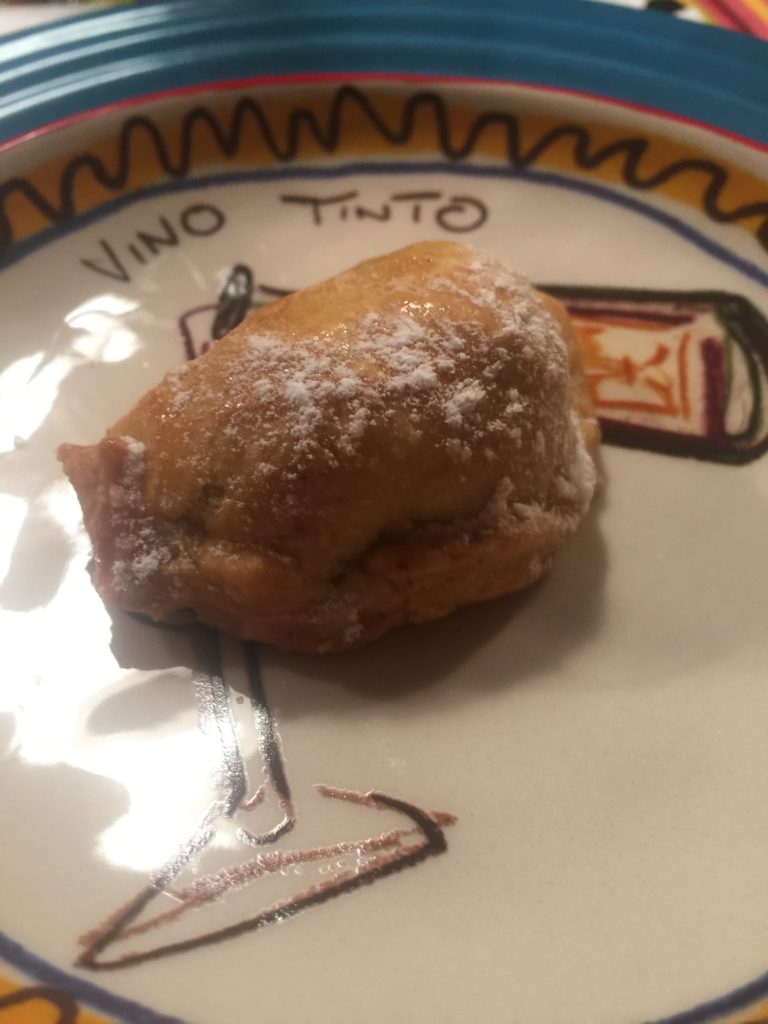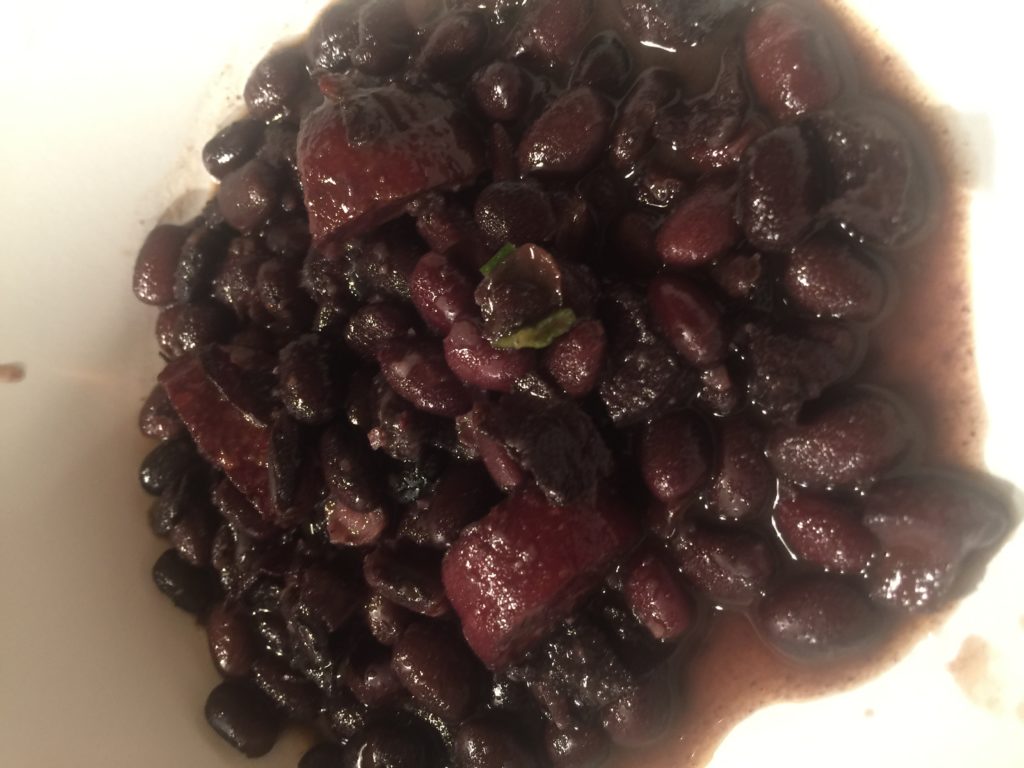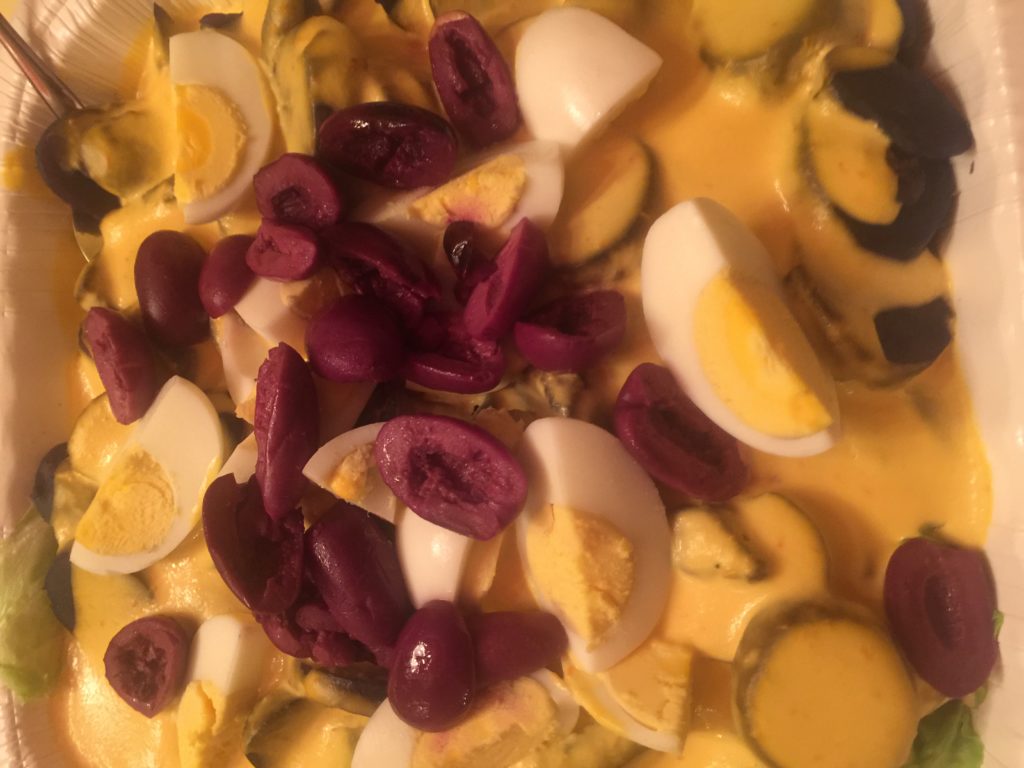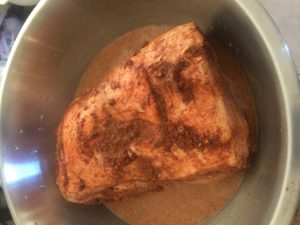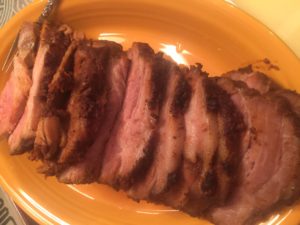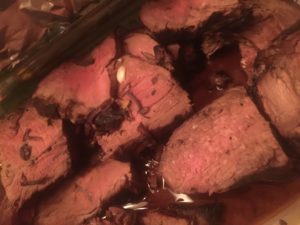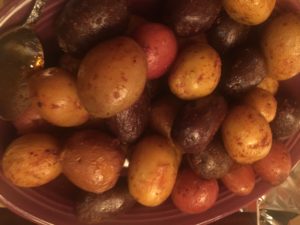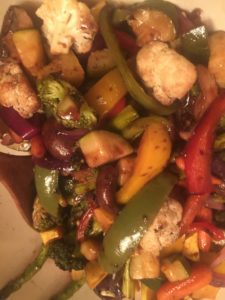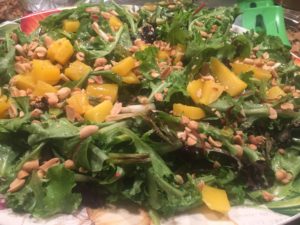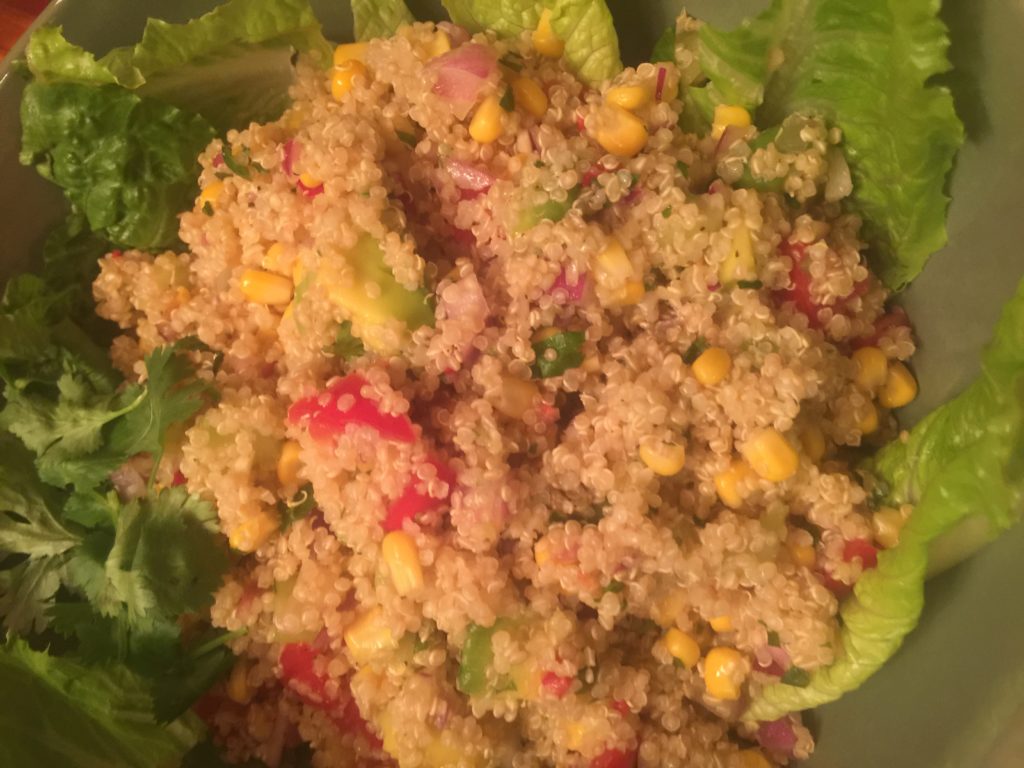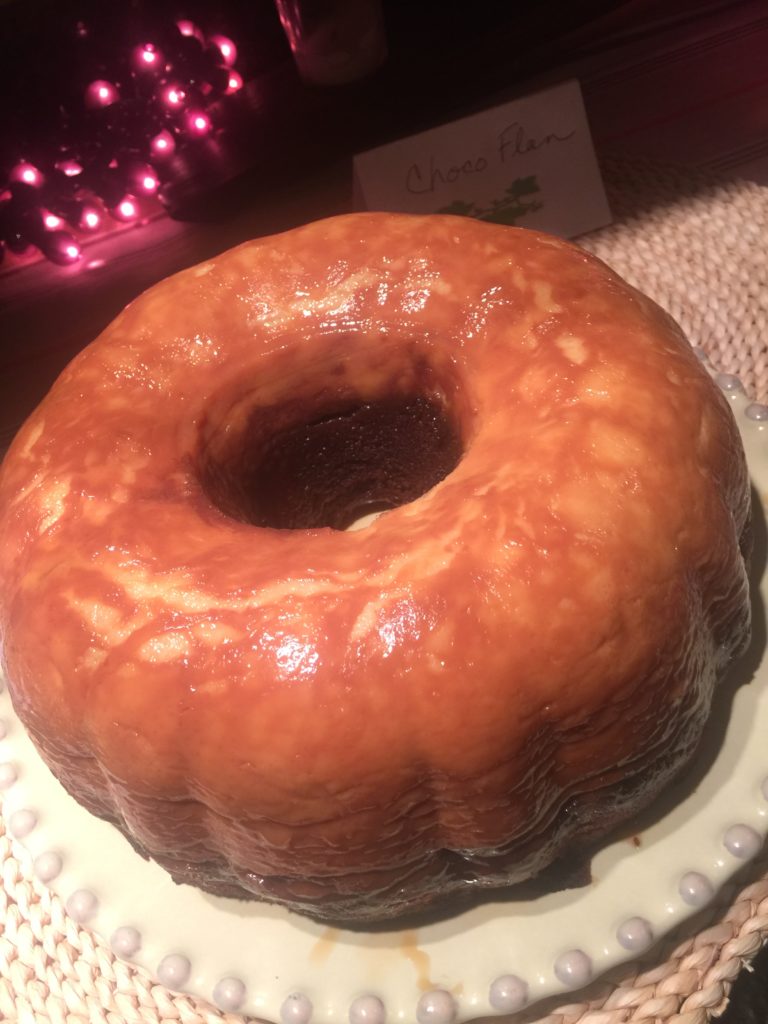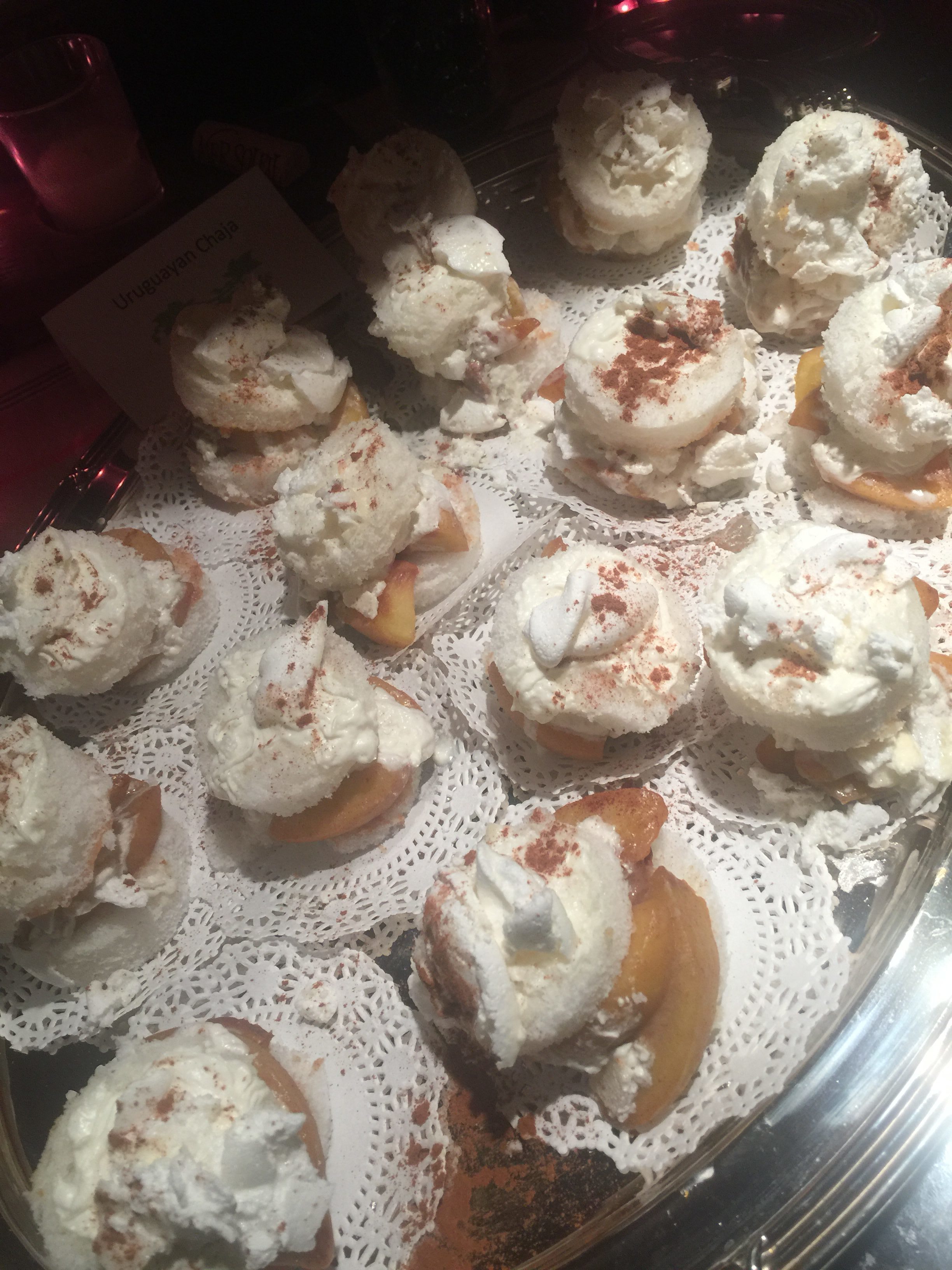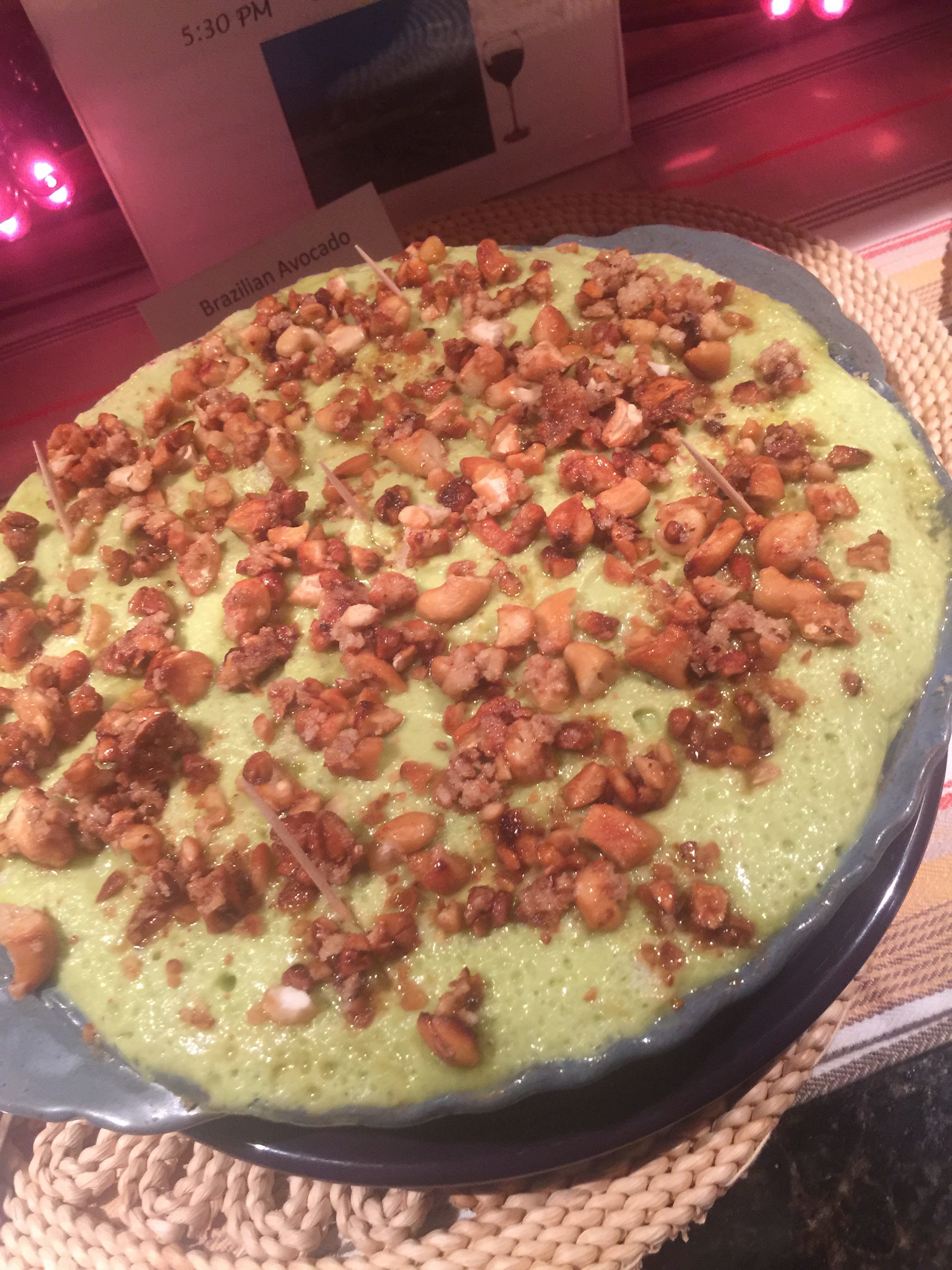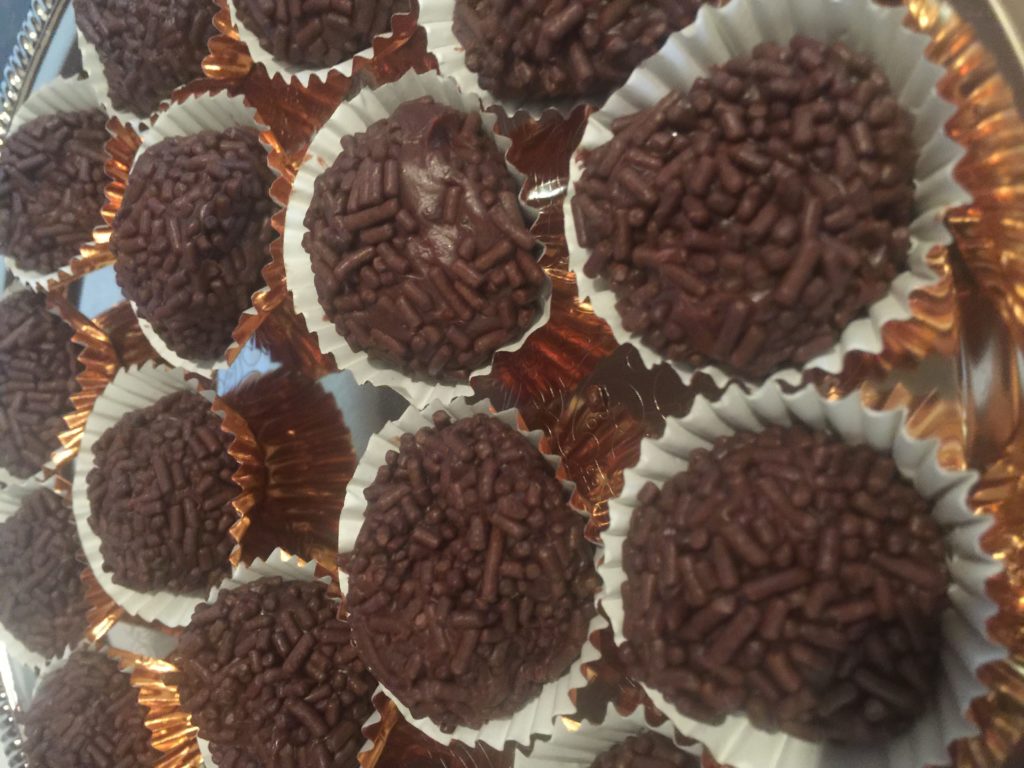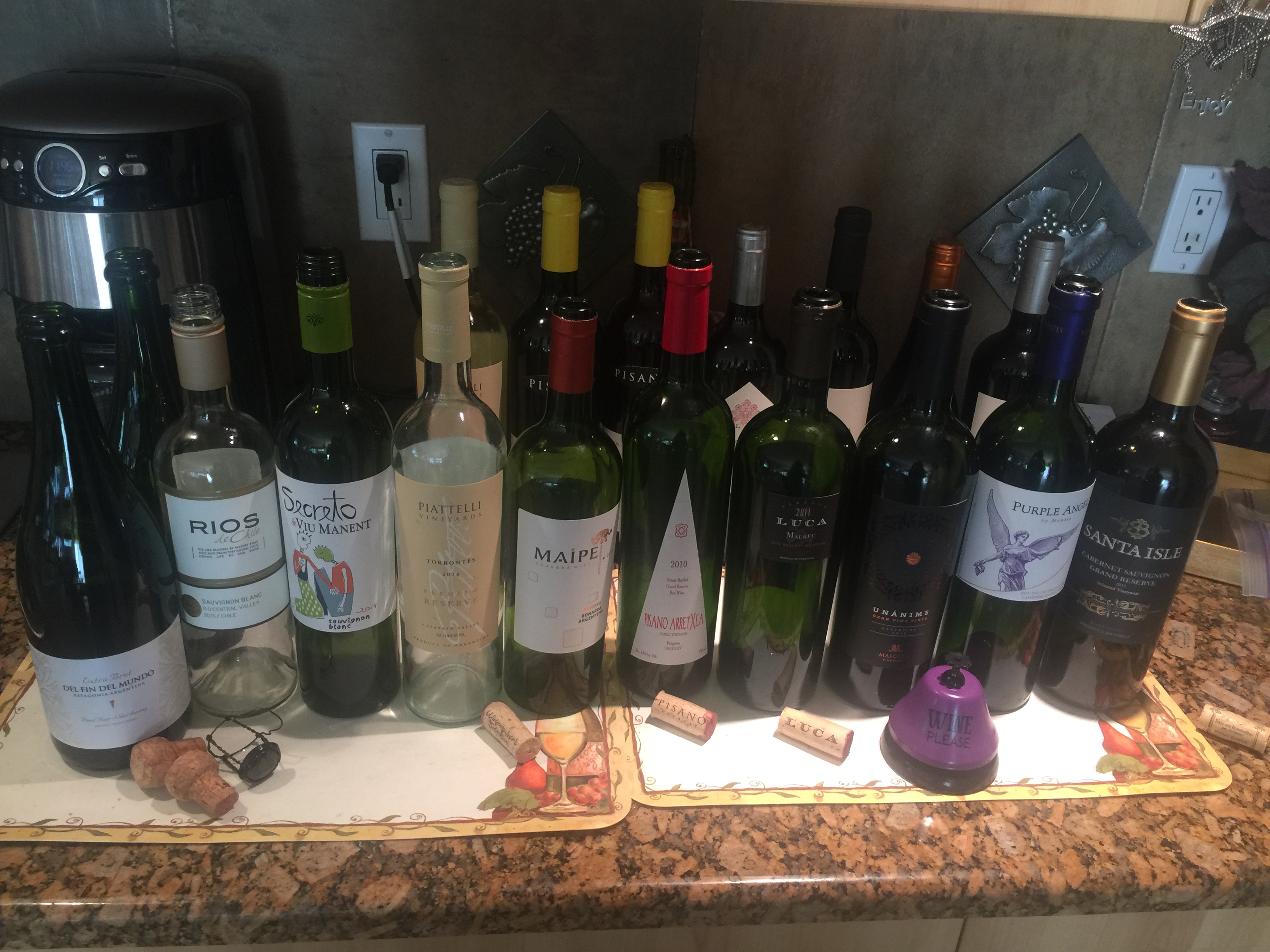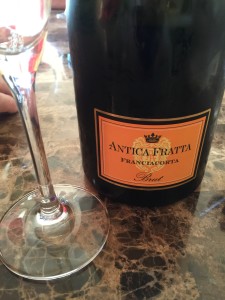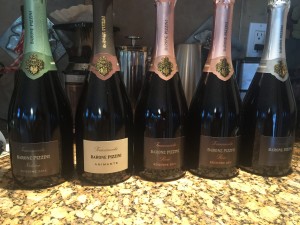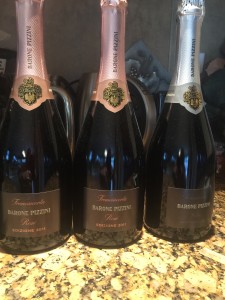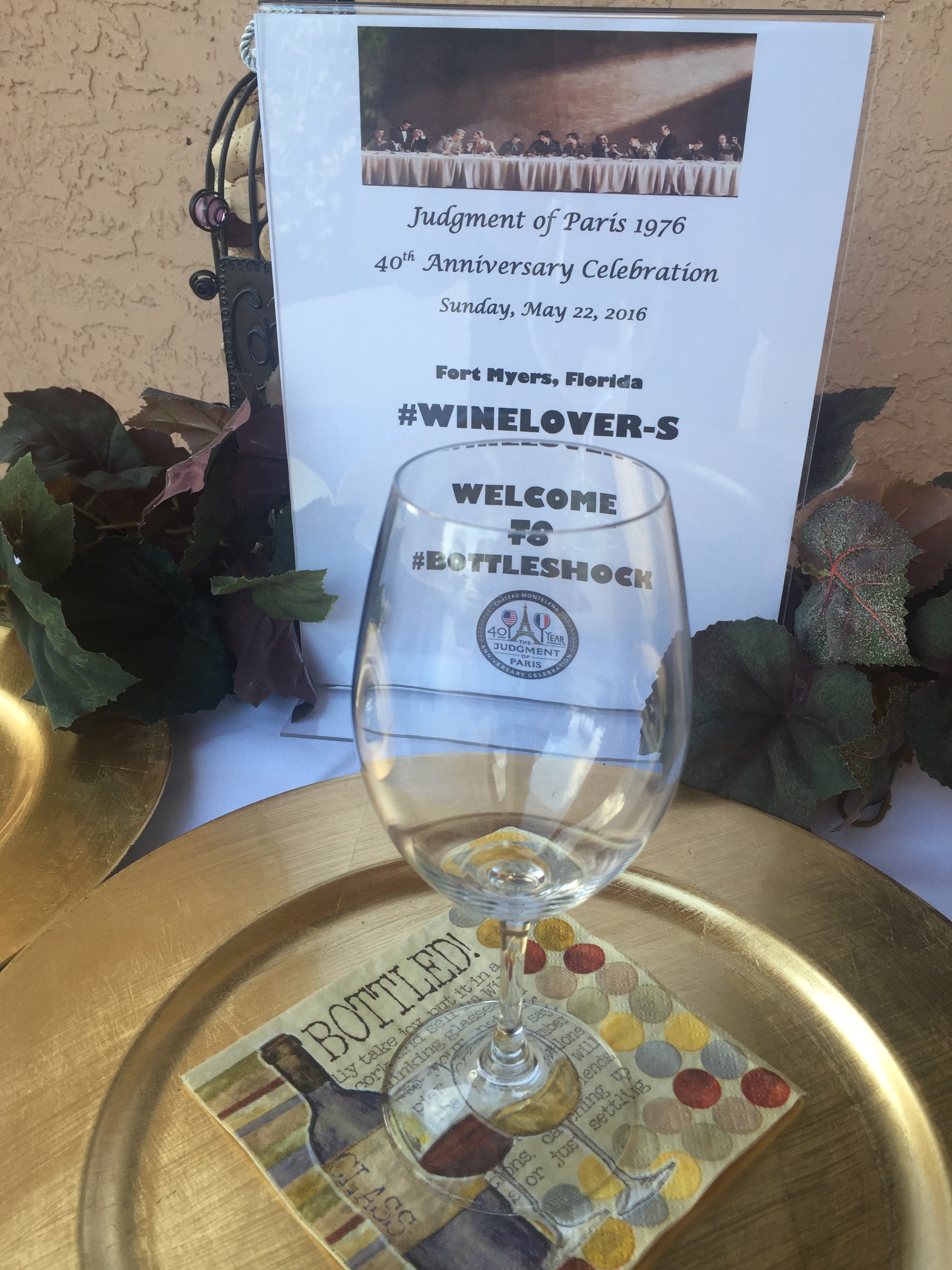
Are California wines better than their French counterparts? That is definitely a matter of opinion and great debate. A landmark tasting contest of California and French wines took place in Paris over 40 years ago in an attempt to answer that question. Is it possible to have such a tasting right here in Southwest Florida? This is my story of how such an event came to be.
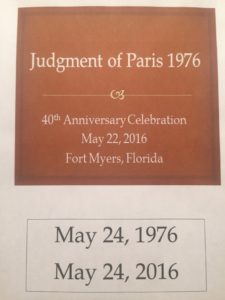
Personally I enjoy wines from both continents. But just 40 years ago very few people except Californians even knew about California wines. French wine was the gold standard! It wasn’t until Steven Spurrier, an Englishman living in Paris who owned a wine shop and wine Academie, thought it would be great fun to have a blind tasting of some “unknown” California wines paired alongside the much revered French Bordeaux. United States was planning major festivities for the Bicentennial celebration in 1976, so wouldn’t it be quite entertaining for all the Americans living in Paris to hear about such an event?
Spurrier had heard that there were some fairly drinkable wines being made in California in the early 1970s, so he did some research and soon he and his assistant Patricia Gallagher were traveling across the ocean. They visited wineries in Napa Valley and several south of San Francisco and brought six whites and six reds back to Paris including the now famous 1973 Chateau Montelena chardonnay and Stag’s Leap Wine Cellars SLV cabernet sauvignon. His plan was to assemble a panel of nine well respected French wine critics, restaurateurs, sommeliers and wine educators and let them do blind tasting comparisons of California and French wines. Of course Spurrier knew that the French wines would win hands down! On May 24, 1976 the judges assembled in a special room at the luxurious Paris Intercontinental Hotel, shook hands, then took their seats at a long row of tables. Waiters began walking up and down in front of the tables and pouring wine from unmarked bottles. As is common in a wine tasting, they started with white wines, then moved on to the reds.
George Taber, a writer for Time magazine and the only journalist who bothered to cover this event, had a list of the wines that were about to be tasted and the order of their tasting. It was truly a blind tasting for the judges. Halfway through the tasting, Taber noticed that the judges seemed to be getting quite confused. They were identifying California wines as French and vice versa! This went on throughout the event. The judges were quite perplexed as they were certain that their beloved French wines would stand out and be recognized without even giving it a thought! Taber decided that this 1976 tasting just might make a good news story after all!
When it was all said and done, the results were astonishing – the 1973 Chateau Montelena chardonnay bested nine other chardonnays including the famous Meursault-Charmes, Beane Clos des Mouches, Batard-Montrachet and Puligny-Montrachet wines. To make the embarrassment even worse, the 1973 Stag’s Leap Wine Cellars SLV cabernet sauvignon rated higher than the four Bordeaux wines in the tasting. Four Grand Cru Chateaux – Mouton-Rothschild, Montrose, Leoville Las Cases and even the famous Chateau Haut-Brion – were outscored!
George Taber’s one page article briefly summarizing the event appeared on page 58 in the June 7, 1976 Time magazine. Acccording to Taber, “the U.S. winners are little known to wine lovers, since they are in short supply even in California and rather expensive ($6 plus).” The result of this tasting changed the way the world rated California wines. The rest is history for those of us wine lovers who love wine for its history as well as its taste! Hard to imagine those $6 plus wines were considered rather expensive!
My husband Chuck and I first took a serious interest in wine knowledge in September 2003 when we started attending monthly wine classes taught by Jerry Greenfield in Austin’s Wine Cellar, Fort Myers, Florida. Those wine classes and frequent tastings at Austin’s with our good friend and shop owner Frank Pulice quickly escalated our love of wine and our thirst to become more wine-knowledgeable. We began to read books about wine and subscribed to wine magazines. Wine Spectator, Wine Enthusiast and Wine Advocate now become our required reading! Along came George Taber’s 2006 book “Judgment of Paris: California vs. France and the Historic 1976 Paris Tasting that Revolutionized Wine” telling the story about the tasting, and we were hooked on California winery history. Wouldn’t it be exciting to visit all of the California wineries that participated in that now famous tasting? So off we went on our first visit to Napa Valley in 2007 with an itinerary that included 8 of the wineries represented in the 1976 blind tasting. Not only was it our first visit to wine country and jam packed with tastings of phenomenal wines, but it was also quite educational and magical. It was like Disneyland for wine lovers!
That was 2007 and we have now made several more visits to both Napa and Sonoma and even consider ourselves to be somewhat knowledgeable about wine. After all, we have tasted enough of it and certainly spent a small fortune on it! Luckily we have acquired a number of friends along the way who have a similar love for wine and food, our other passion. The two automatically go together, don’t they? Our social life soon came to center around planning and hosting the next home party wine event. We have done wonderful pinot smackdowns, champagne brunches, Washington and Oregon versus Napa and Sonoma, worked our way through every region of France and Italy and featured wine and foods of Spain and South America. Running out of themes for our wine events? So you would think! Not to worry. There is always one more “bigger and better” just around the corner! Ever since reading about the famous 1976 tasting, I have always thought that the piece de resistance of wine events would be to recreate a version of the Paris event — Southwest Florida style! After discussing the idea over numerous dinners and bottles of wine with our good wine lover friends, Tom and Ellen Giffen, they also became excited and eager, so imagine how elated I was when they signed on to assist and help kick it up a notch. This became our ultimate wine event challenge. We knew that it had to coincide with the May 24, 2016, 40th anniversary of the Paris Tasting which was just three short months away. Planning for this event became all consuming for me. I went after finding an appropriate chardonnay from each of the ten California wineries, and planned to stop there. Never one to let a great opportunity or challenge pass him by, Tom said it would not be the ultimate event without the French wines, and he was going to search for and purchase them for us! Shocking – since we were now looking at quite an expensive event. Maybe this really was going to be our ultimate wine event. The white wines started arriving by FedEx and UPS. Tom said their French counterparts were on their way as well. So just who was going to participate with us in this great event? Part of the enjoyment of tasting great wines is the sharing of them with fellow wine lovers. After discussing our plan to taste up to twenty great wines, ten other very adventurous wine and food lovers agreed to participate. Even two brave souls from Ohio said they did not want to miss this historic event and bought their plane tickets.
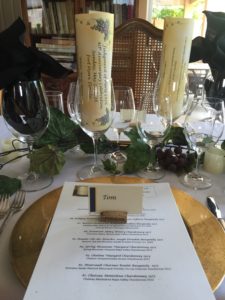
Your table is waiting………ready for 5 hours of 18 wines and 12 courses.
Next dilemma – what are we going to serve with the wines? We all like to think of ourselves as fairly capable in the culinary department and have enjoyed some outstanding guest prepared meals at our previous events. Hopefully I learned a few things during my 50 year career in food service management. While Chuck and the Giffens don’t have culinary backgrounds they are quite accomplished in preparing some very tasty meals. Catered food pairings would have been ideal, but the budget would not allow. The decision was made – we would develop a twelve course tasting menu made up of small plates that would do our wines justice, and we would prepare it! We also wanted to include some typical French pairings to make our French wines feel at home. The four of us also wanted to enjoy our own event and did not want to spend the entire evening in the kitchen cooking, plating and serving or opening and pouring wine. Luckily two brave souls from several of our favorite restaurants signed on to help us make it through the night.
And so it finally came to be that on Sunday, May 22, 2016, just two days before the official 40th anniversary of the 1976 Judgment of Paris, fourteen people assembled at the Paris Intercontinental Hotel (our home!) with eager anticipation and some trepidation to participate in about five hours, twelve courses, and eighteen bottles of California and French wines. After three days of whirlwind and intense preparations including the polishing of eighty-four glasses, the wines were lined up all in a row looking eager to do battle! The twelve courses of food were prepped and ready to go. The long dining/tasting table looked elegant and worthy of a 40th anniversary celebration. Marlene and Chris were ready with their corkscrews. Our guests all had printed menus and wine lists on their gold charger place settings in order to follow along with the program for the evening. Each wine was presented and poured along with historical background about the winery thus giving us some insight into why Spurrier chose them. We also presented information about each wine we were drinking at our Southwest Florida Judgment of Paris event.
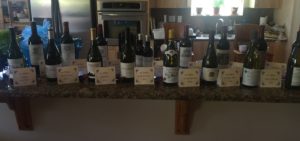
The 18 bottles of wine were lined up and ready to take their place in our historical event. Nine chardonnays and nine reds.

Replica of the 1973 Chateau Montelena bottle presented to us by event guest John Gilchrist, Crush magazine editor, and his wife Cassie. The bottle was contributed to the event by Chateau Montelena.
While some of us were familiar with a number of the wines tasted at our event, there were equally as many wines that were new to us. The order of tasting for us was the same as for our French counterparts. We tasted all of the whites – some separately and some Californians paired side by side with a French wine. How exciting it was to reach the number one – the Chateau Montelena chardonnay – and tell the story of Jim Barrett and Mike Grgich, the equally as famous winemaker! It was even more special when one of our guests John Gilchrist, editor of Southwest Florida’s Crush Magazine, and his wife Cassie presented a replica of the famous 1973 bottle of Chateau Montelena sent to him from his friend at the winery, George Blanckensee. George also sent us copies of the famous Time magazine article written by George Taber. 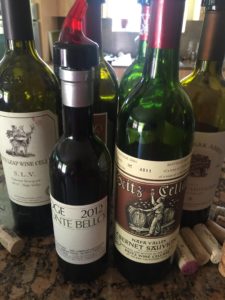
Then we moved on the reds – ready for our next six courses and our next nine bottles of wine! Our fourteen wine lovers were fearless and undaunted! After all, we had to get to the number one red – Stag’s Leap Wine Cellars SLV cabernet sauvignon. It was a joyous occasion when we heard the story of Warren Winiarski, the founder and winemaker of Stag’s Leap, the wine notes for the final wine were read, the Stag’s Leap poured and the realization set in that we had succeeded. We made it! Those French judges had nothing on us.
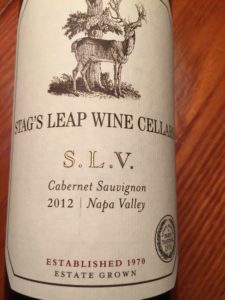
Our Stag’s Leap SLV cabernet 2012
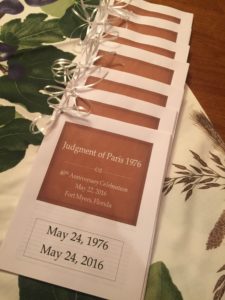
Souvenir booklet presented to each couple including historical information about each winery in the original event plus tasting information about our wines tasted at the Fort Myers event.
-
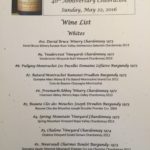
-
The white wine list
-
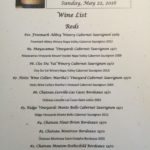
-
The red wine list
-
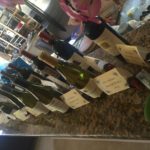
-
Wine line up
-
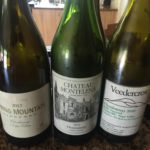
-
California chardonnay
So was there a winner? Were the California wines better than the French? Are they better today? We were not scoring our wines; just enjoying tasting and comparing and learning some amazing history about each winery and the people who made their wines come to life! Wine is a living thing and each one has it’s own special story. I am sure that we all came away with some favorites but as far as we were concerned, every wine that we had the privilege of tasting was a winner in their own way. We are thankful that Steven Spurrier thought it would be fun to let the French taste some of those little known wines from California 40 years ago, so that we now have the pleasure of enjoying world class wines made in California. The California wine industry and wine lovers around the world owe a lot to that famous wine tasting held in Paris in the spring of 1976. Anyone want to join us for a 50th anniversary celebration?
-
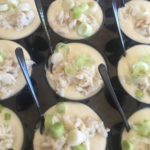
-
Fresh corn veloute with lump crab meat and scallions paired with Veedercrest and Batard-Montrachet
-
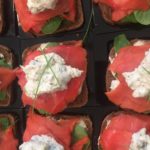
-
Open faced smoked salmon finger sandwiches with herbed horseradish cream cheese paired with Chateau Montelena Chardonnay
-

-
Shitake mushrooms and garlic pappardelle paired with Mayacamas Mount Veeder 2009 cabernet
-
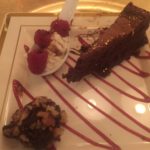
-
Dessert sampler of flourless chocolate torte, ras el hanout toasted walnut chocolate truffle and berry balsamic spoon paired with Chateau Mouton-Rothschild Pauillac 2002 and Stag’s Leap Wine Cellars SLV cabernet 2012

